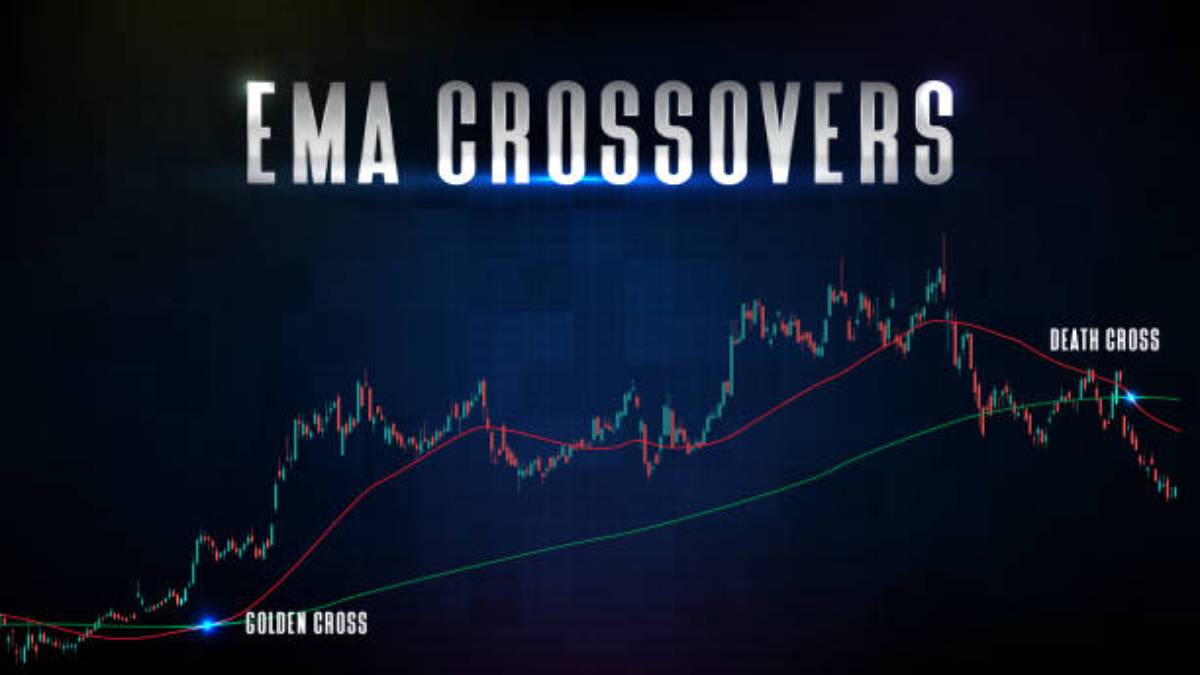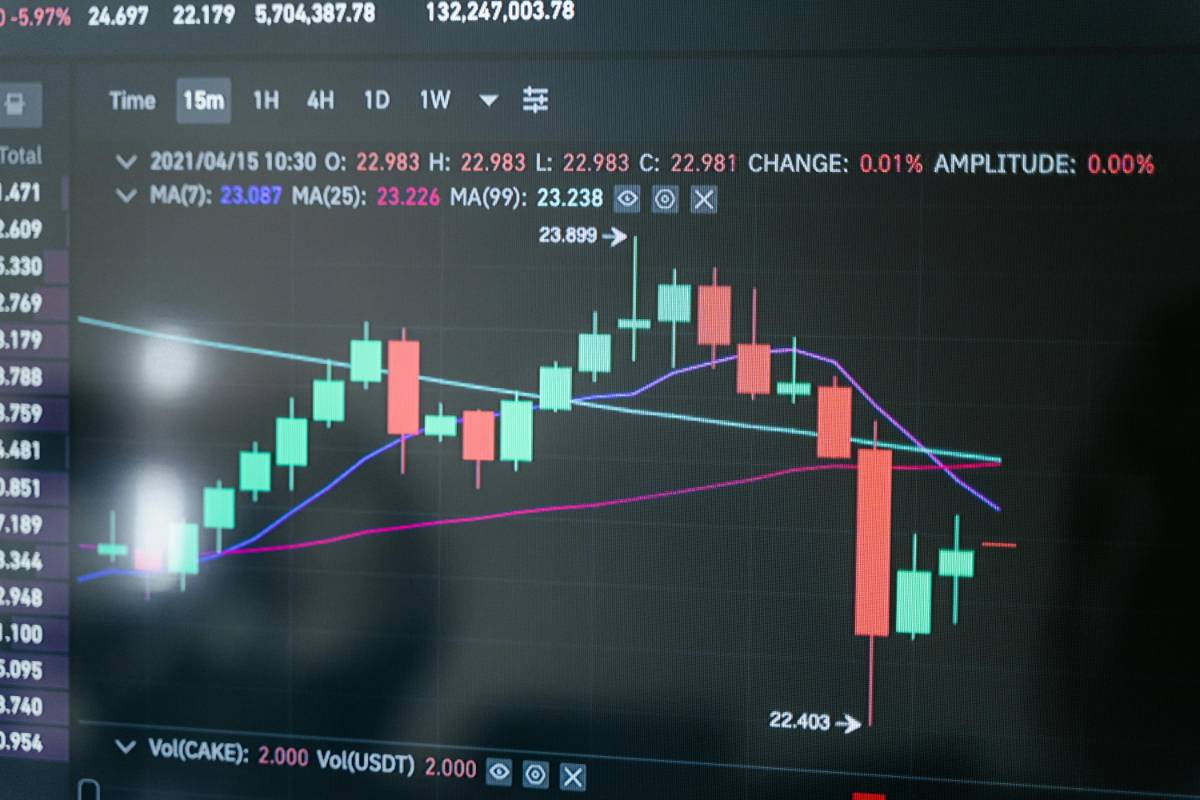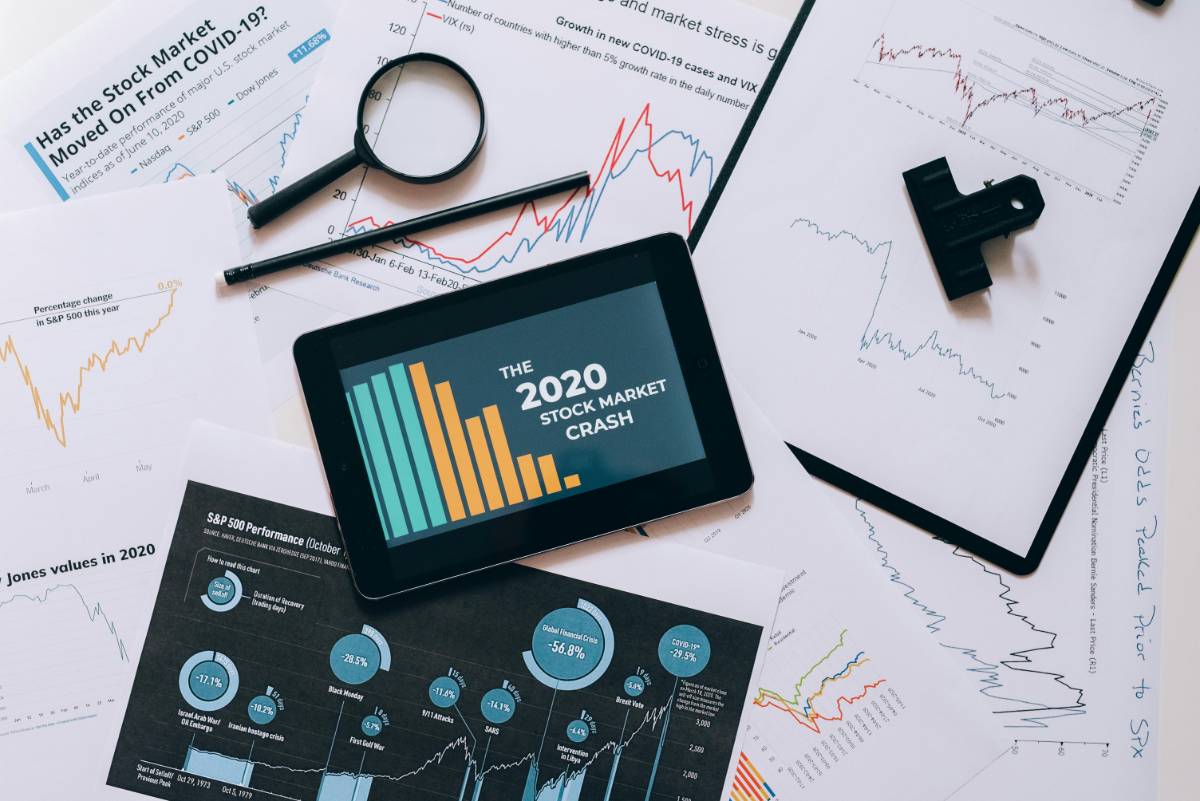
How to Use Fibonacci Retracements in Trading
 By James Carter
By James CarterFibonacci retracements are a popular technical analysis tool used by traders to identify potential support and resistance levels in the market. Understanding how to apply Fibonacci levels can enhance trading strategies and improve decision-making.
What are Fibonacci Retracements?
Fibonacci retracements are based on the Fibonacci sequence, a mathematical pattern found in nature and financial markets. Traders use these retracement levels to predict potential price reversals in an uptrend or downtrend.
Key Fibonacci Levels
The most commonly used Fibonacci retracement levels are:
1. 23.6% - A minor retracement level that suggests a shallow pullback.
2. 38.2% - A moderate retracement level where price may find support or resistance.
3. 50% - Though not an official Fibonacci level, it is widely used by traders.
4. 61.8% - Known as the “golden ratio,” this level often acts as a strong reversal point.

5. 78.6% - A deeper retracement level used for more extended corrections.
How to Apply Fibonacci Retracements
1. Identify the trend: Determine whether the market is in an uptrend or downtrend.
2. Plot Fibonacci levels: Use a charting tool to draw Fibonacci retracement lines from a recent swing high to a swing low (or vice versa).
You might also like
1. How Interest Rates Impact ETF and Mutual Fund Performance2. Understanding and Managing Risk in Your Investment Portfolio3. The Basics of Passive Income: How to Make Money Work for You4. Understanding the U.S. Financial System: A Complete Guide3. Look for confluence: Combine Fibonacci levels with other technical indicators like moving averages and RSI for confirmation.
4. Plan entry and exit points: Use Fibonacci levels to set stop-loss orders and profit targets.

Trading Strategies Using Fibonacci Retracements
1. Trend Continuation: Enter trades when price retraces to a key Fibonacci level before continuing in the trend direction.
2. Reversal Trading: Look for potential reversals at Fibonacci levels, especially when supported by other technical indicators.
3. Combining with Support and Resistance: Align Fibonacci levels with historical price support and resistance for stronger trade signals.
Risk Management in Fibonacci Trading
1. Use stop-loss orders: Protect capital by placing stops below or above key Fibonacci levels.
2. Avoid relying solely on Fibonacci: Always use Fibonacci retracements alongside other analysis tools.
3. Manage trade size: Control risk by adjusting position sizes based on volatility.
Conclusion
Fibonacci retracements offer valuable insights into market movements and can enhance trading strategies when used correctly. By integrating Fibonacci levels with other technical indicators, traders can improve accuracy and make more informed trading decisions.
About the author
 By James Carter
By James CarterJames Carter is a seasoned finance writer with over 8 years of experience helping millennials and Gen Z take control of their money. With a background in economics and a passion for demystifying complex financial concepts, Ananya shares actionable tips on budgeting, investing, and building long-term wealth. Her mission is to make financial literacy accessible, relatable, and empowering — no jargon, just smart money moves.
More like this

Stock Buybacks: How They Influence Share Prices
Stock buybacks have become a common strategy for companies looking to boost share prices and reward investors. Understanding their impact can help investors make informed decisions.

Meme Stocks: Are They Making a Comeback?
Meme stocks took the financial world by storm in recent years, driven by online communities and retail investors. As market conditions shift, many wonder if these stocks are making a comeback.

Dividend Stocks vs. Growth Stocks: Where’s the Best Opportunity?
Investors often face a crucial decision when building their portfolios: Should they invest in dividend stocks for stability or growth stocks for higher returns? Understanding the differences can help in making the right choice based on financial goals and risk tolerance.

How Geopolitical Events Affect U.S. Stock Performance
Geopolitical events have a significant impact on the U.S. stock market, influencing investor sentiment, market volatility, and sector performance. Understanding these effects can help investors navigate uncertainty and make informed decisions.

AI and Automation: The Next Big Disruptors in the Stock Market
Artificial intelligence and automation are transforming industries, and the stock market is no exception. These technologies are reshaping investment strategies, trading mechanisms, and market dynamics at an unprecedented pace.

S&P 500 vs. Nasdaq: Where Should You Invest?
Investors often compare the S&P 500 and the Nasdaq when deciding where to allocate their funds. Understanding the differences between these indices can help you make a strategic investment choice based on your risk tolerance and financial goals.

Why Tech Stocks Are Leading the Market Again
Tech stocks are once again at the forefront of the market, driven by innovation, strong earnings, and investor optimism. As companies in the sector continue to expand their influence, understanding the reasons behind this surge can help investors make informed decisions.

The Impact of Federal Reserve Policies on the Stock Market
Federal Reserve policies play a crucial role in shaping the stock market. Interest rate decisions, quantitative easing, and regulatory measures directly impact investor sentiment and market performance. Understanding these effects can help traders and long-term investors navigate the evolving financial landscape.

Top Performing Stocks on Wall Street This Quarter
The latest quarter on Wall Street has seen significant movements, with some stocks outperforming expectations while others struggled to keep up. Understanding these trends can help investors make informed decisions moving forward.

U.S. Stock Market Outlook: What to Expect in 2025
As we move into 2025, investors are looking for insights into the U.S. stock market's potential trajectory. Market trends, economic policies, and global events will all play crucial roles in shaping investment opportunities.





